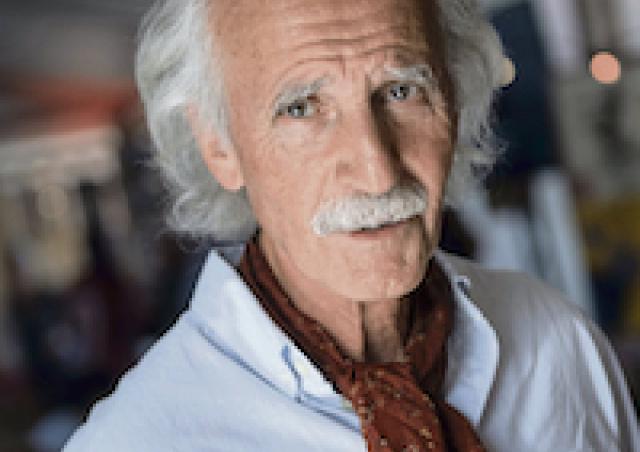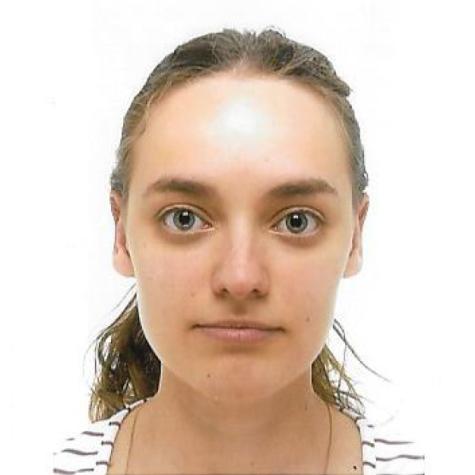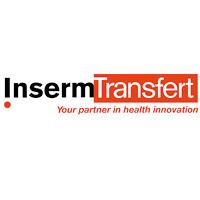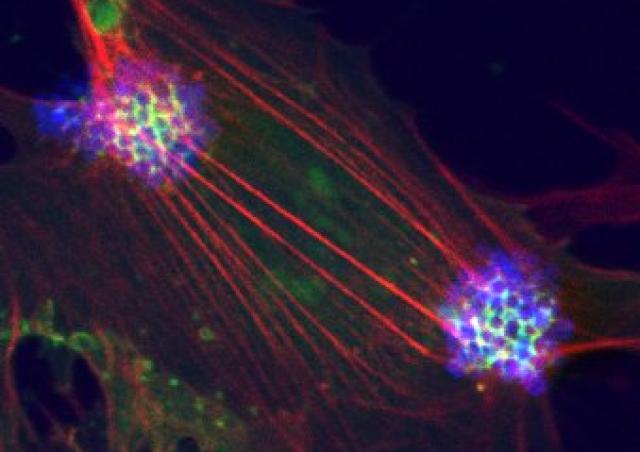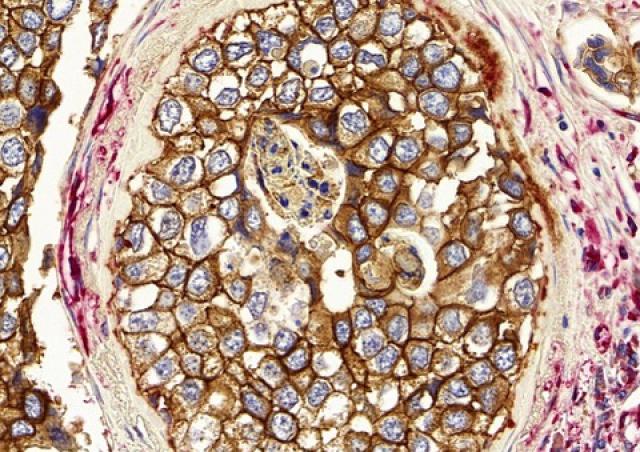Key adaptation mechanisms of N. meningitidis to its human host
Project leader(s)
We have demonstrated that the capacity of N. meningitidis to bind to peripheral and brain endothelial cells relies on the interaction between their type IV pili (Tfp) and a complex formed by the endothelial cell receptor CD147 and the b2-adrenergic receptor (1-4). Using a relevant in vivo model of infection, we demonstrated that this vascular colonization is a prerequisite to bacterial virulence (2, 5-7). Vascular cell wall provides a nutritional niche for meningococcal multiplication promoting a sustained bacteremia leading to a lethal sepsis (7). Although a wide array of molecules produced by pathogenic meningoccoci are already known to enable them to survive in the bloodstream, to adhere to and damage the endothelium, how N. meningitidis evolves to adapt in response to the selective pressure of specific environments (bloodstream, interaction with immune cells, vascular walls, platelets …) remains to be explored. Our goal is to identify the key bacterial effectors required for bacterial colonization and adaptation to its host and we characterize novel virulence factors promoting vascular dysfunctions and lethal sepsis.
1. (Coureuil et al., Cell 2010) 2. (Bernard et al., Nature Med 2014) 3. (Maissa et al., Nature Com 2017) 4. (Dos Santos Souza et al., Cell Microbiol 2021) 5. (Coureuil et al, Nature Rev Microbiol 2017) 6. (Denis et al., Nature Microbiol. 2019) 7. (Capel et al., mBio 2017).





